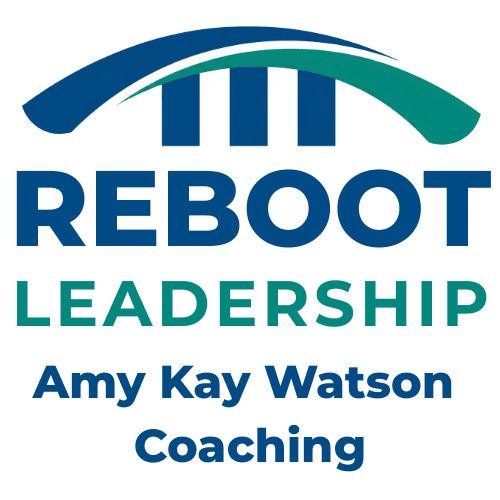Table of Contents
- Why Kindness Matters More Than Ever
- What Happens When Kindness Is Missing
- Kindness Is Not Niceness
- Practical Ways to Lead with Kindness and Accountability
- Action Recap: Building a Culture of Trust
Why Kindness Matters More Than Ever
“Why Kindness isn’t a Nice to Have” by Nicki Macklin, Thomas H. Lee and Amy C. Edmondson makes a clear point: kindness is not optional. In an era where employee retention often hinges less on pay and more on culture, unkind workplaces are over 10 times more likely to drive turnover than compensation issues.
Kindness builds psychological safety and social capital—two foundational elements of high-performing teams. People who feel respected and supported are more willing to share ideas, own mistakes, and support one another through challenges. Without kindness, these dynamics falter, leaving teams stuck in cycles of mistrust and conflict.
What Happens When Kindness Is Missing
I once coached a leader who reported to someone who gave vague yet threatening direction. She would be asked to lead new initiatives while having her authority undermined by sudden managerial reassignments and contradictory instructions. Every attempt to get clarity met with stonewalling or criticism. She poured energy into supporting her colleagues, even as she planned an early retirement simply to escape the chaos. Her words were haunting: “I just want to leave something for somebody else that’s in shape.”
The organizational cost of that unkindness was immense—lost trust, disrupted initiatives, and the early exit of a dedicated leader. It wasn’t pay or workload that drove her out; it was a culture that made kindness optional.
Kindness Is Not Niceness
Niceness avoids conflict; kindness steps into it. One of my longest-term clients is proof. She works in an environment where the prevailing culture often pushes leaders toward harsh tactics and quick disciplinary actions. Instead, she consistently chooses a path of empathy paired with accountability. She listens deeply, understands each person’s motivations and challenges, and adapts where it makes sense. Yet she doesn’t let anyone “get away with sneaky behavior.”
That approach takes courage because kindness means choosing conversations that are uncomfortable but necessary. For example, after speaking sharply to a maintenance technician in the middle of a stressful production issue, one leader I know walked back onto the shop floor and apologized. She still held the technician accountable—but she restored dignity and trust in the process.
Practical Ways to Lead with Kindness and Accountability
1. Treat kindness as a hard skill.
Listening without defensiveness, delivering tough feedback with respect, and apologizing when needed are measurable, teachable skills.
Leaders who see kindness as a discipline—not just a personality trait—tend to lead stronger, more resilient teams.
2. Set clear expectations.
Like the All Blacks rugby team or Cleveland Clinic’s “Communicate with H.E.A.R.T.” program, define what kindness looks like.
One client embraced a practice of explicitly thanking employees for contributions at the end of every meeting.
It was simple but powerful: engagement went up, absenteeism went down.
3. Address unkindness in real time.
When leaders ignore small slights or subtle rudeness, it snowballs.
A stalled disciplinary process I reviewed once revealed how leaders who avoided conflict eventually lost credibility with both top performers and struggling employees.
Calling out unkindness respectfully—and early—helps maintain trust.
4. Build systems that reflect care and accountability.
The Cleveland Clinic’s annual review process creates space for physicians to reflect on growth goals while also receiving feedback.
That structure signals investment in people’s success and shows that kindness isn’t just encouraged—it’s expected.
5. Measure kindness.
You can’t improve what you don’t measure.
Surveys about respect, psychological safety, and inclusion are reliable indicators of whether kindness is present.
Pair them with customer experience data—because how employees treat one another often shows up directly in how customers are treated.
Recap: Building a Culture of Trust
Kindness is not soft; it is strategic infrastructure for engagement, collaboration, and performance. When leaders intentionally pair kindness with accountability, they create environments where people thrive—and stay.
Kindness drives retention, improves service, and builds trust. It deserves the same level of focus as safety, quality, and performance reviews. The good news is this: kindness is a choice leaders can make every day, in every conversation, and in every system they design.
FAQ
Is kindness just another word for being “nice”?
No. Niceness avoids discomfort; kindness engages hard conversations in ways that respect dignity and build trust.
What if I don’t have time for “soft skills”?
Kindness saves time. Unkind workplaces waste weeks each year on conflict fallout and turnover.
How do I know if my team culture is kind?
Look at your retention, employee engagement, and whether people feel safe raising concerns. These are all signs of a kindness culture.
Can kindness work in high-pressure environments?
Yes. In fact, kindness is most critical under stress because it maintains clarity, trust, and focus.


